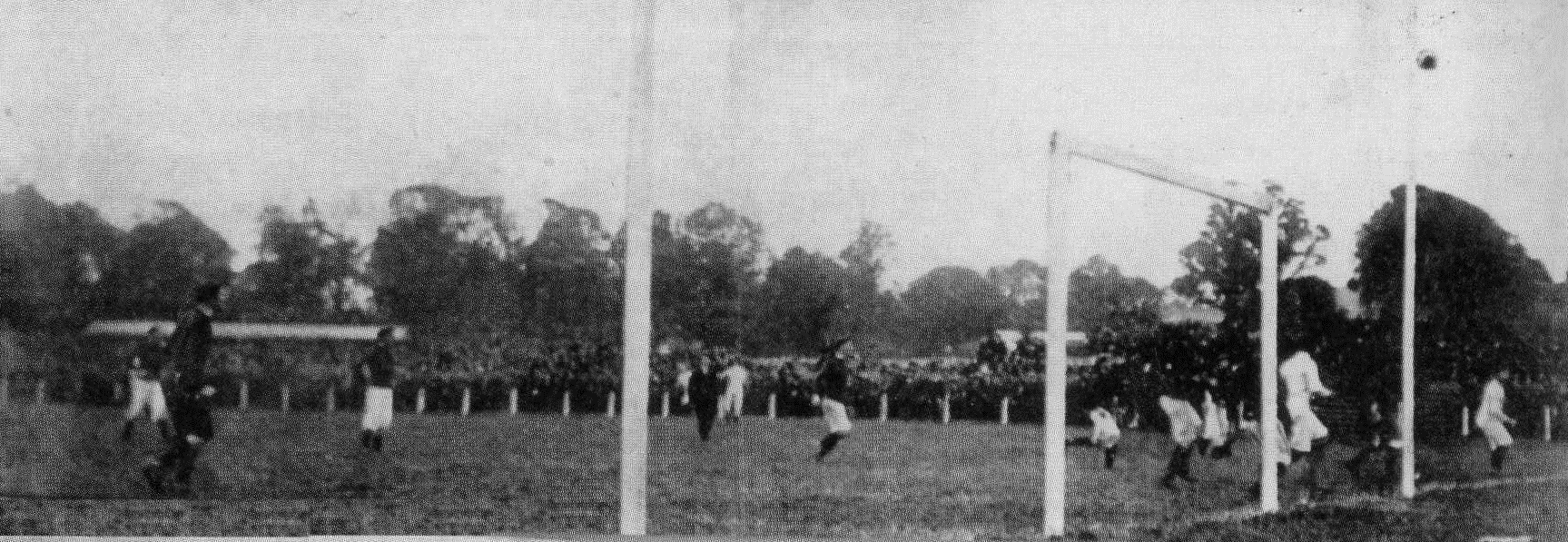SpareTowel
Senior List
- Jul 25, 2011
- 193
- 146
- AFL Club
- Fremantle
- Thread starter
- #26
Yeah, Tom's life from 1856/7 can be tracked fairly accurately through the newspapers. Until Cullin-la-Ringo he spent his whole time playing sport in Melbourne and Geelong, and Sydney for intercolonial matches.Perhaps i was confusing him with Harrison, as i just googled Harrison and it says he visited the goldfields in 1852, and sympathised with the diggers.
Can't find Wills visiting the diggings on google, so perhaps after returning from England, he didn't.,






